Unlock Your Body’s Potential with Somatic Exercises
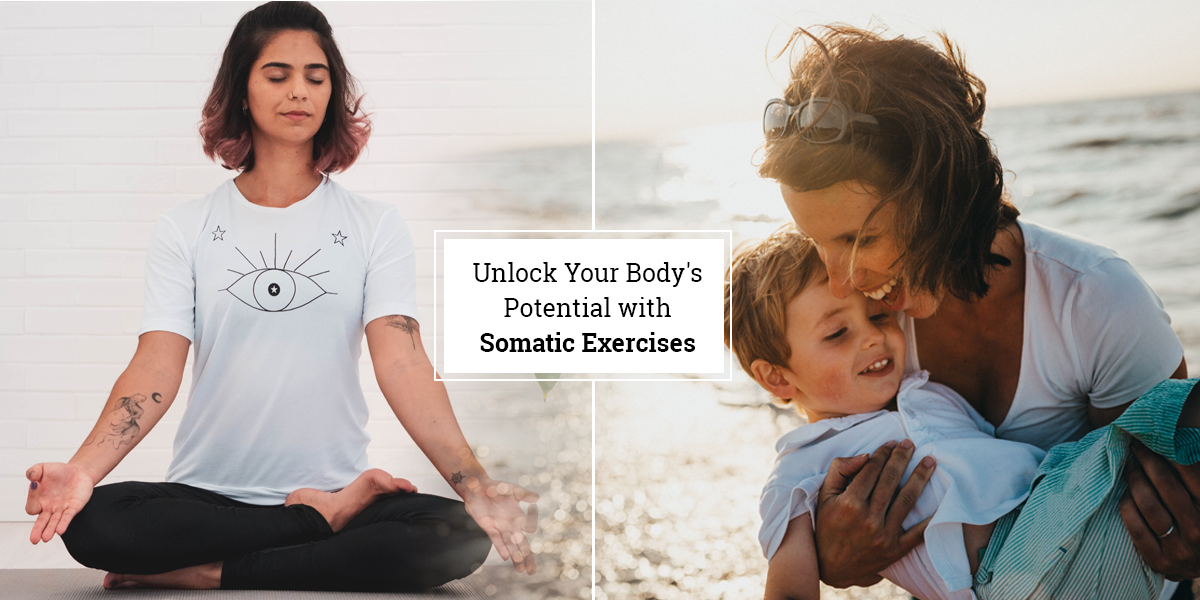
As the push for mind-body awareness and better health has increased, somatic exercises have become more popular. Somatic movement is an excellent way for people of all ages and fitness levels to incorporate activity into their daily lives, regardless of how busy they are or if they have mobility constraints.
Let’s talk about how to unlock your full potential by adding somatic practices to your everyday routines.
Somatics: What It Is and What It Means For You
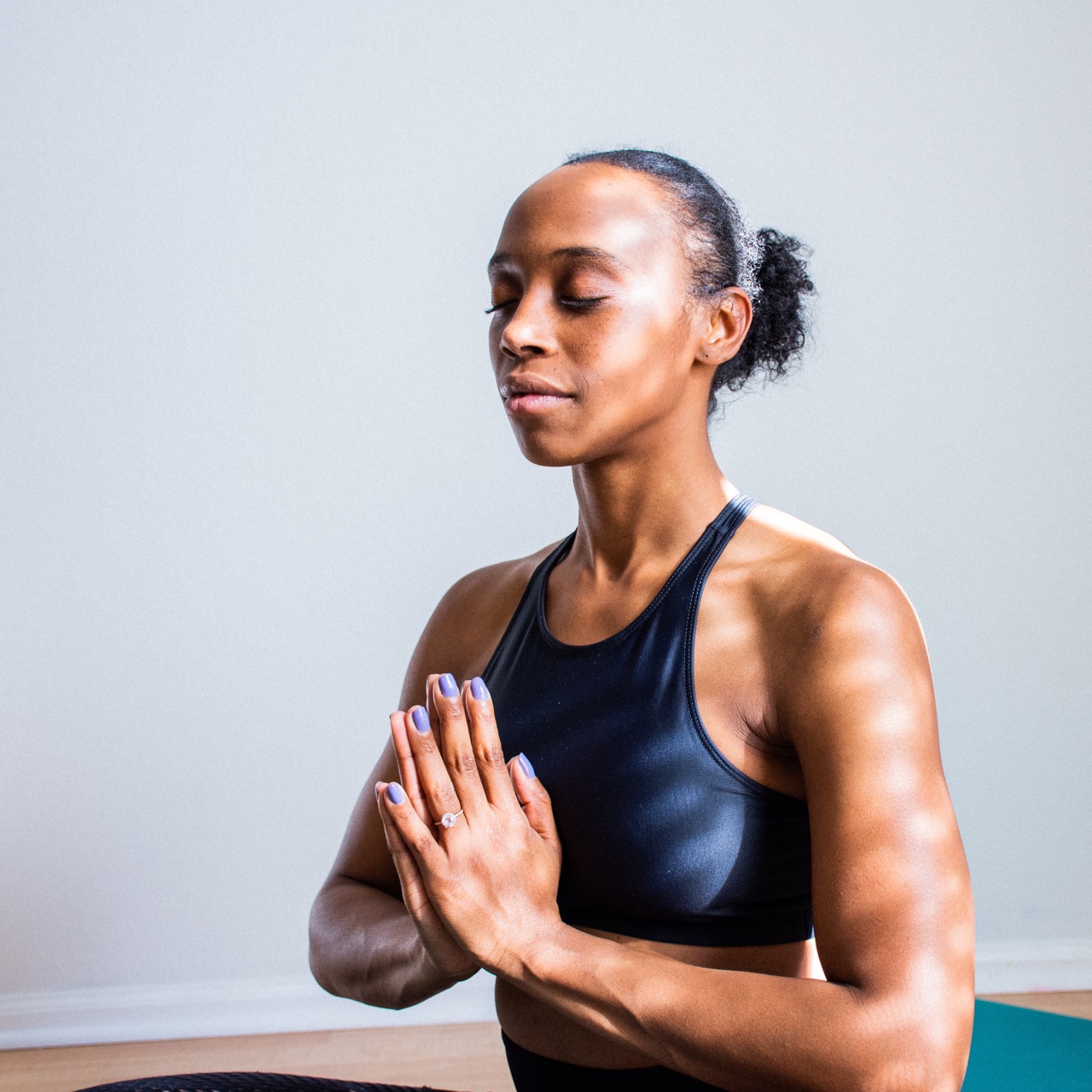
Madison Lavern on Unsplash
The definition of somatics is “of the body.” In our context, though, it refers to staying in the moment and being present while you perform a set of movements.
For a more scientific somatics definition, a recent article from the journal Frontiers in Psychology says it’s “movement-based approaches to awareness of the internal body, external environment and movement in space.” [1]
In essence, it’s all about paying attention to your physical body, your mental state and how the two relate as you move.
Somatic Practices: How to Level Up Your Life
Somatic movement therapy doesn’t have to be complicated. In fact, you don’t even have to leave your house or put on workout clothes to do it! Many of you have probably done somatic exercises before without even realizing that’s what you were doing. For instance, yin yoga, aikido and even Pilates are considered somatic exercises.
If you dive deeply into somatic movement, it’s wise to learn the fundamentals from a trained instructor to get the most benefit and understand how to move safely. However, if you just want to dip your toes in and see what it’s all about, you can try somatic exercises at home.
One of the easiest ways to start is with somatic release. This can be done standing or sitting. Close your eyes and do a quick body scan to notice any areas holding tension or feeling painful. Then, as you take deep, mindful breaths, consciously unclench your jaw, loosen your tongue from the roof of your mouth, roll your shoulders back and down, and gently roll your wrists and ankles. Each of these movements takes just a few seconds but provides an instant drop in tension.
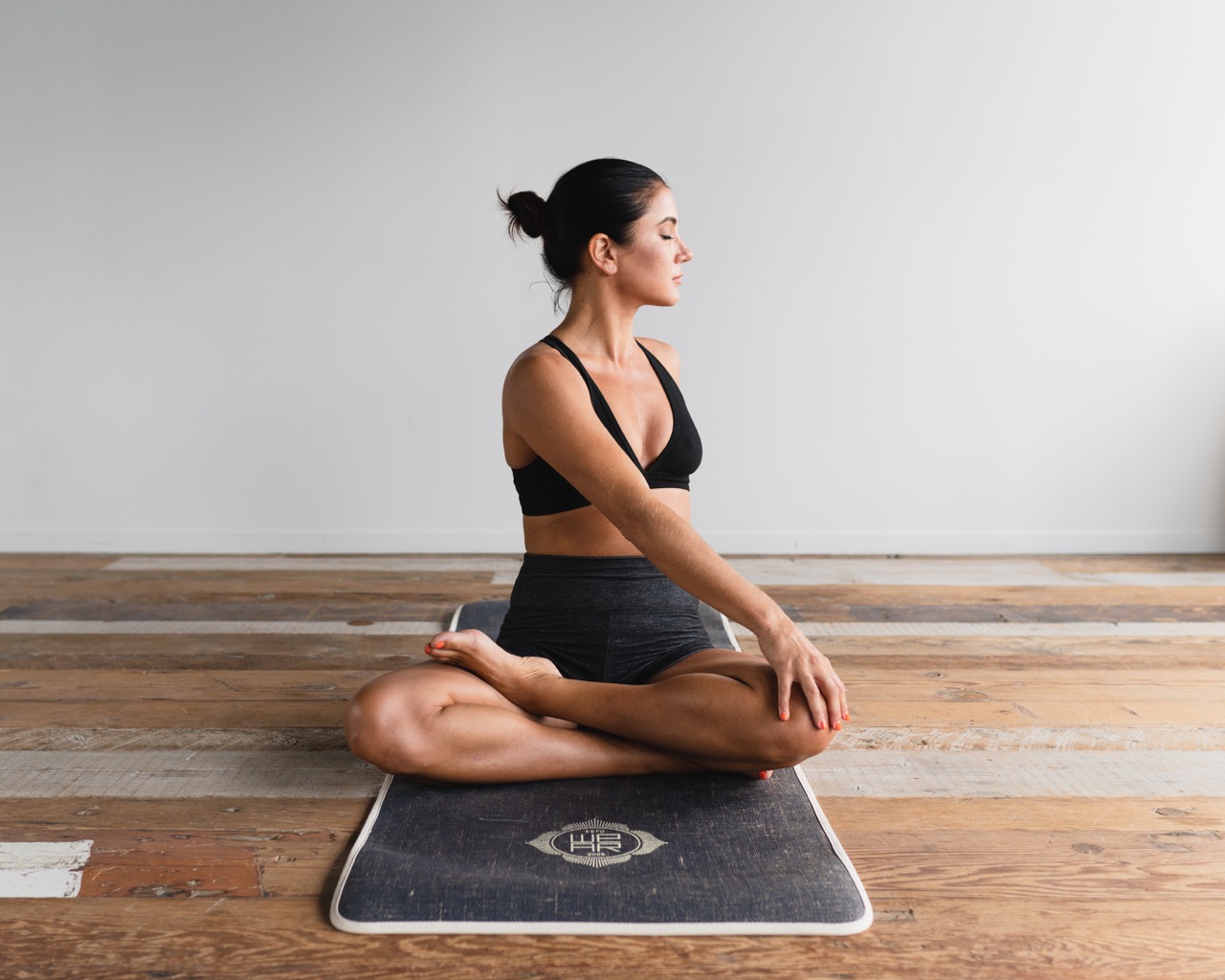
Dane Wetton on Unsplash
A slightly more active variation is somatic stretching. This somatic flexibility technique helps increase your range of motion and helps you quickly release muscle tension without intentionally performing stretching exercises. Instead, you take a few moments to tune into your body and muscles and then perform natural movements like hanging your head toward your chest or gently arching and flattening your back while lying on the floor.
Somatic Exercises Are Your Key to a Healthier, Happier Life

Xavier Mouton on Unsplash
Somatic movement can be a truly transformative practice, especially if you’re plagued by chronic aches, pains, stiffness or mobility limitations. Remember to start slowly, practice scanning your body and becoming consciously aware of how every part of you feels. Over time, you’ll be able to quickly and easily incorporate somatic release into your everyday life and experience the relaxation and flexibility accompanying it.
FAQs
What are the benefits of somatic exercises?
Performing somatic exercises can relieve pain, boost your emotional awareness and help you feel more energized without vigorous movement.
What is somatic stretching?
Somatic stretching is performing stretches in a conscious, mindful way, paying attention to each part of your body and actively releasing tension.
Is somatic movement useful for weight loss?
Somatic movement helps you become more aware of your body and mind, which helps with mindful weight loss. It’s also an accessible introduction to movement, so anyone can incorporate it into healthy lifestyle changes.
What is somatic release?
Somatic release involves making small, intentional movements to help you feel more calm and alleviate pent-up tension in the body.
References
[1] https://pubmed.ncbi.nlm.nih.gov/33569028/




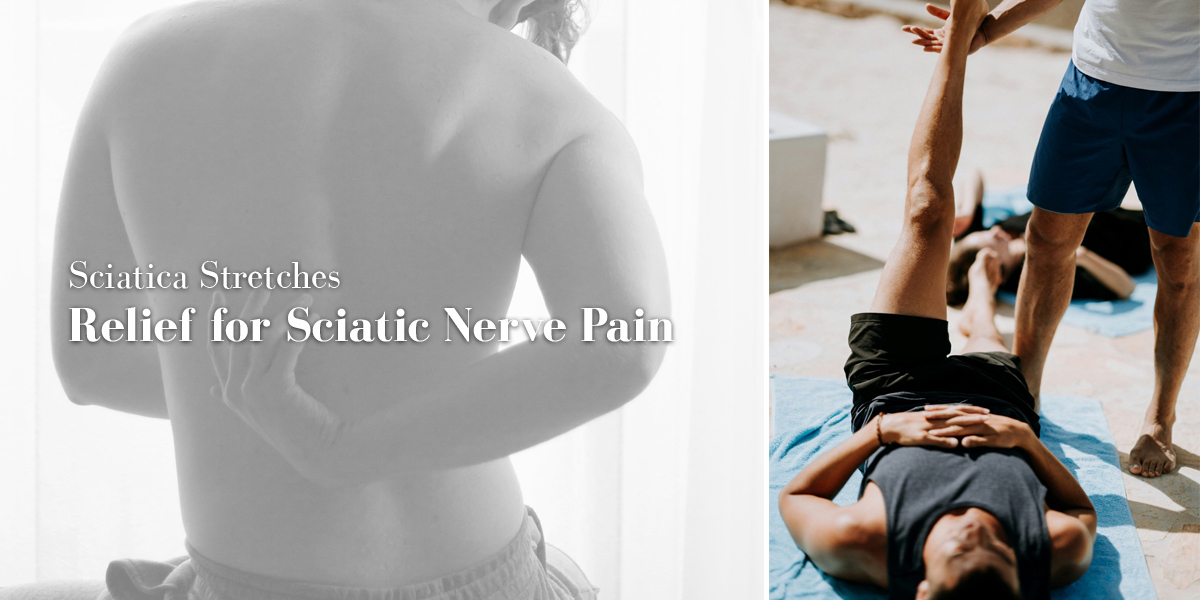
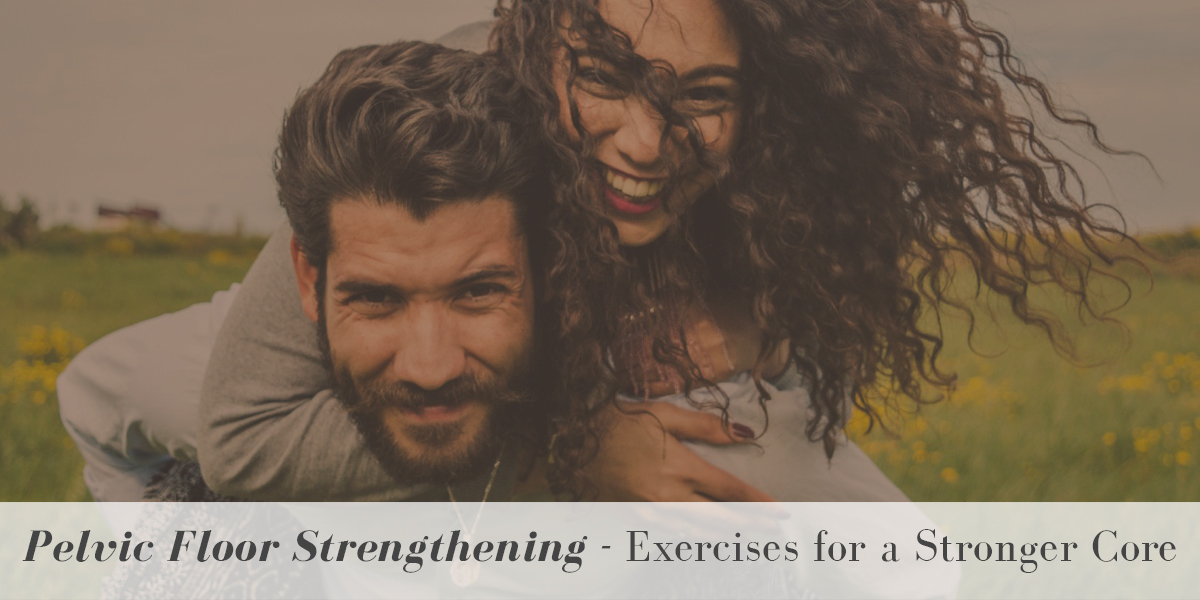
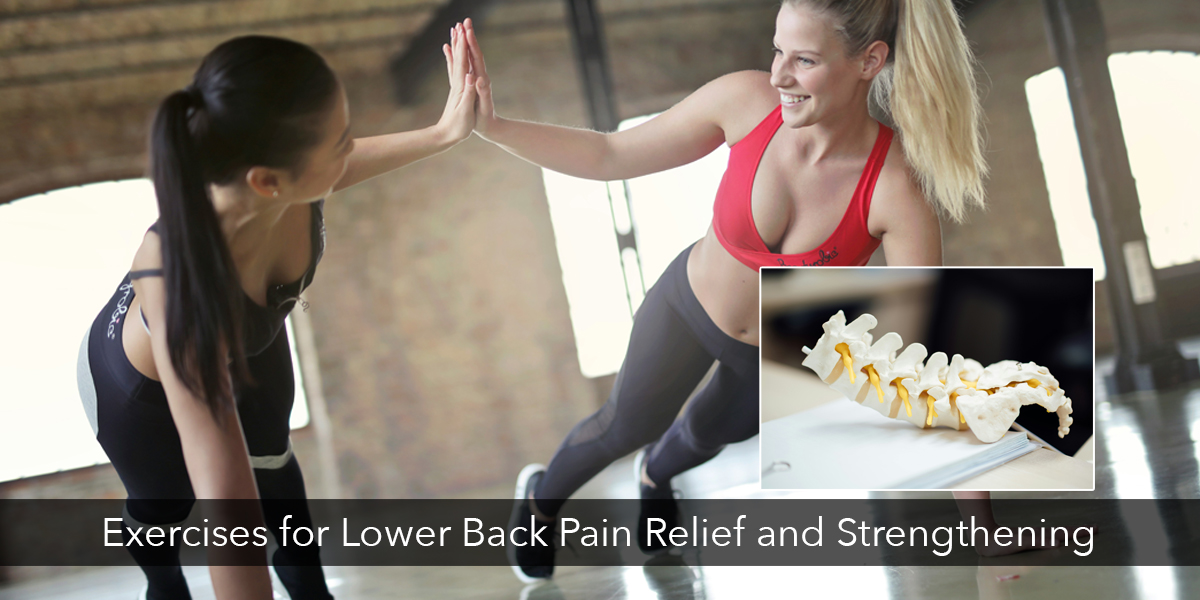
Pingback: Step into Pilates: A Beginner's Primer - Healthy Smart Living
October 20, 2023 at 3:39 pm